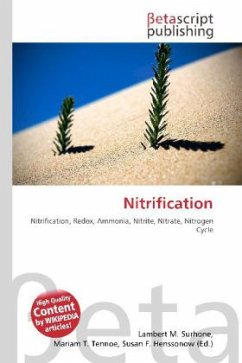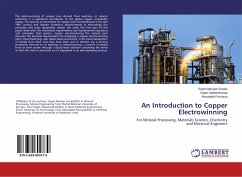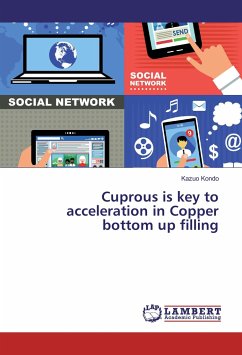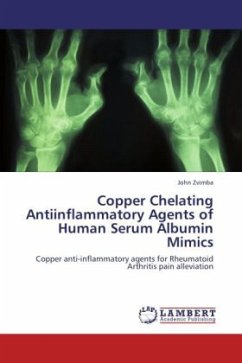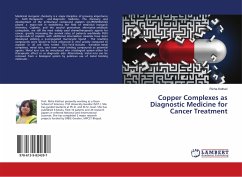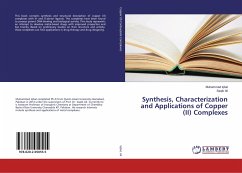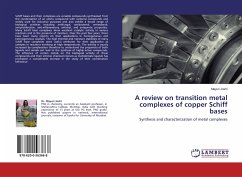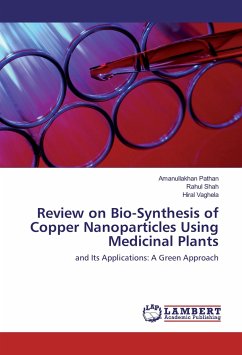
Dosed Copper to Inhibit Nitrification
The Fate of Dosed Copper to Inhibit Nitrification in Chloraminated Water Distribution System
Versandkostenfrei!
Versandfertig in 6-10 Tagen
32,99 €
inkl. MwSt.

PAYBACK Punkte
16 °P sammeln!
Chloramine as a secondary disinfectant has been widely used by many water utilities around the world especially in a distribution system requiring a longer retention time such as the 600km long Goldfield water distribution system of Western Australia. Chloramine is selected mainly due to its better stability and low by-products over other disinfectants. However, it is reported that under nitrifying conditions, chloramine residual could drop dramatically. Consequently the required disinfectant concentration can not be maintained.Copper sulphate was trialed as an inhibitor against nitrification ...
Chloramine as a secondary disinfectant has been widely used by many water utilities around the world especially in a distribution system requiring a longer retention time such as the 600km long Goldfield water distribution system of Western Australia. Chloramine is selected mainly due to its better stability and low by-products over other disinfectants. However, it is reported that under nitrifying conditions, chloramine residual could drop dramatically. Consequently the required disinfectant concentration can not be maintained.Copper sulphate was trialed as an inhibitor against nitrification and patented. However, it is by no means a straightforward practice.



